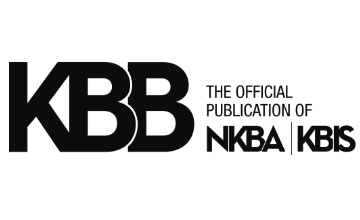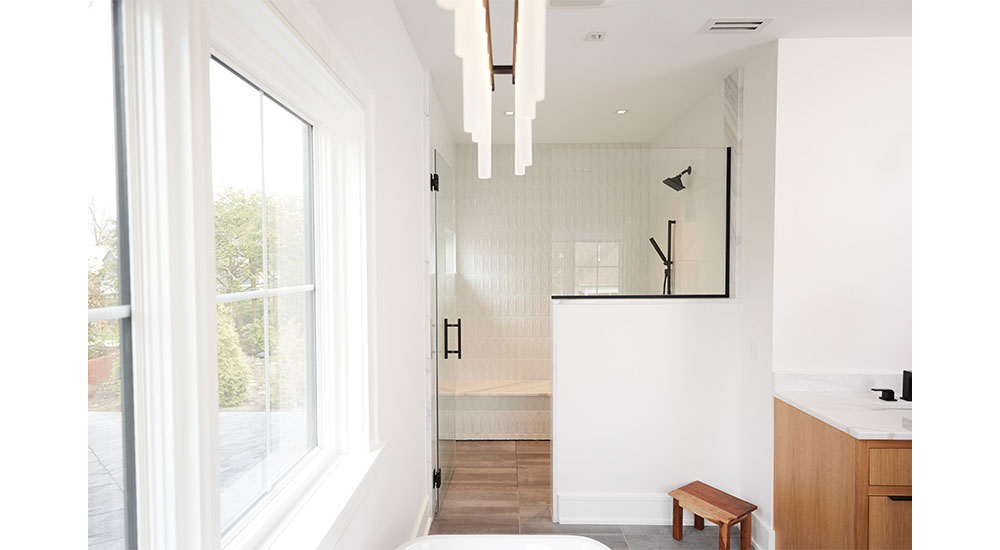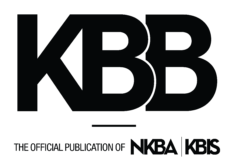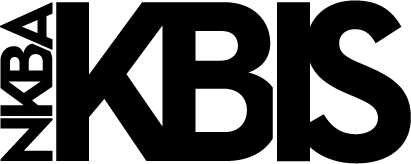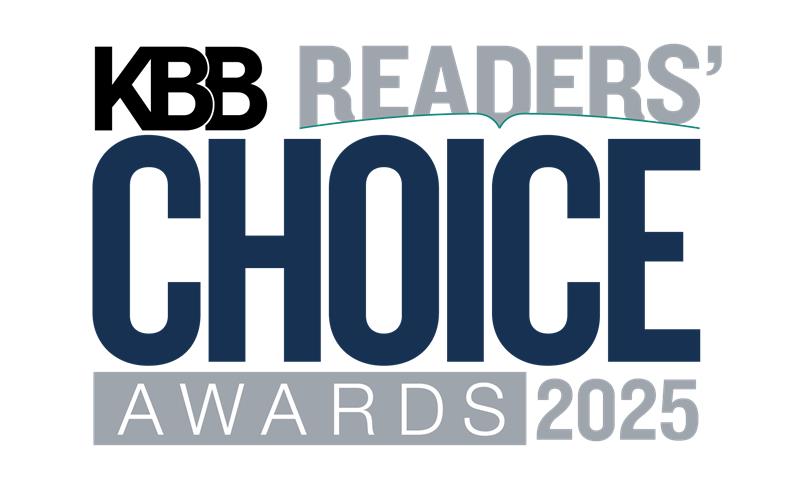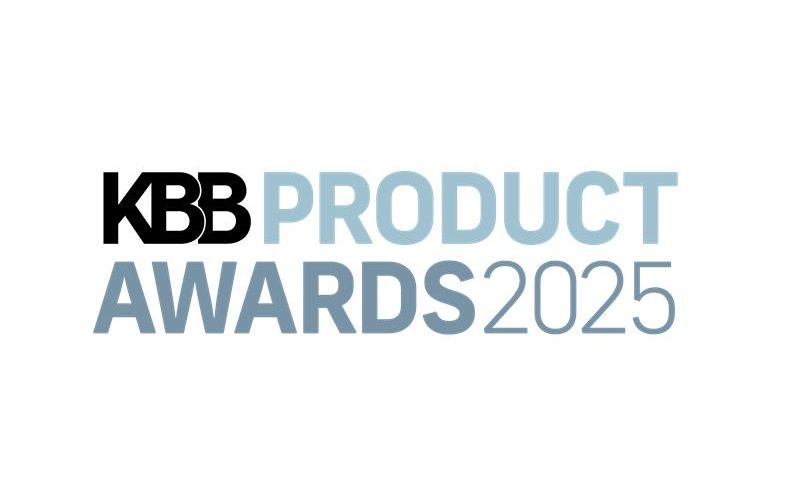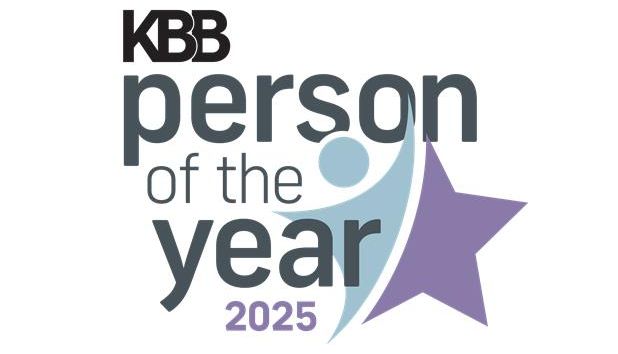In recent years, universal design (UD) and aging-in-place (AIP) principles have transitioned from a niche concept focused on the aging and disabled populations to a core philosophy influencing the future of kitchen and bath design. Once viewed as purely functional approaches, they are now embraced as essential lifestyle choices, seamlessly integrating accessibility, aesthetics and wellness. This evolution reflects broader societal changes, demographic trends and innovative advancements in product development tailored for these crucial areas of the home.
Influential Trends in Universal Design and Senior Living
Several societal shifts are driving the adoption of universal design in kitchen and bath spaces. Notably, the U.S. is experiencing a significant demographic change. According to the National Council on Aging, by 2030, all baby boomers will be over 65, meaning that one in five Americans will be at retirement age. This aging population increasingly prefers “aging-in-place” solutions, staying in their own homes rather than relocating to assisted living facilities, spurred by the desire for independence and a strong emotional connection to their homes.
At the same time, many homeowners have gained increased equity in their properties, allowing them to invest in renovations that improve safety and convenience, such as first-floor laundry access and curbless showers in bathrooms. Today’s homeowners are not just preparing for their later years; they are also optimizing their spaces for multigenerational living, a trend driven by rising housing costs that encourage families to share homes.
Importantly, the conversation around these enhancements has transformed. What was once viewed as sterile or institutional is now celebrated for its aesthetic, lifestyle and wellness benefits. Designers and homeowners alike are embracing accessible kitchen and bath solutions for their safety, beauty and added value.
Shifting Consumer Perceptions of Universal Design
The conversation around universal design has shifted dramatically in the past five years. It is no longer viewed solely as a functional necessity for seniors or individuals with disabilities, but increasingly as an inclusive, forward-thinking approach to design. Today’s homeowners want solutions that are subtle, elegant, and harmonize with modern design sensibilities.
Fixtures like grab bars have been reimagined; many are now referred to as support rails, designed with a focus on aesthetic appeal. A 2023 report from the American Society of Interior Designers (ASID) highlights that 64% of design professionals report clients requesting accessibility features that seamlessly blend into the home’s decor – a notable 20% increase compared to the previous three years.
Looking ahead, we anticipate that universal design principles will be increasingly woven into mainstream kitchen and bath construction. As these spaces expand in size and begin to function more like wellness retreats, accessible features such as wider doorways, single-level floors and modular systems are poised to become standard elements in modern design.
Overcoming Design and Installation Challenges
Today’s baseline for UD and AIP remodels starts with the bathroom. Barrier-free, or curbless, showers have become the gold standard. They eliminate physical thresholds and are often paired with linear drains for continuous floor design, an aesthetic and functional win.
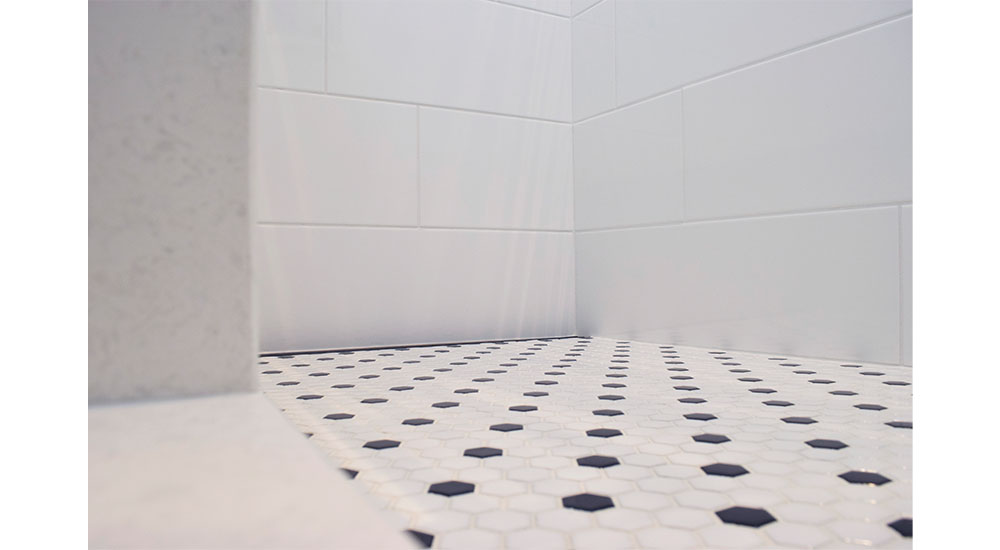
However, kitchen and bath designers often struggle to retrofit this aging-in-place feature into older homes without compromising on style or busting budgets. Joist and subfloor limitations, hidden obstructions like HVAC or plumbing, and layout constraints make it challenging to add curbless showers and accessibility features. Oatey’s QuickDrain systems directly address these barriers by reducing the need for extensive structural modifications.
These ADA-compatible linear shower drains and WallDrains provide flexibility that allows designers to achieve a seamless, curbless look without major rework of existing plumbing structures. This makes it easier than ever to build curbless, barrier-free showers.
With these drains, the plumber or tile setter can adapt to any existing plumbing conditions, making for an easier installation without any relocation fees for the homeowner. The system has onsite-customizable components that fit nearly any shower enclosure’s size and condition.
A site-sizable linear drain body can be customized to adapt to existing drain locations, bypassing costly, time-wasting job-site challenges, which can help contractors complete an ADA bathroom remodel much quicker.
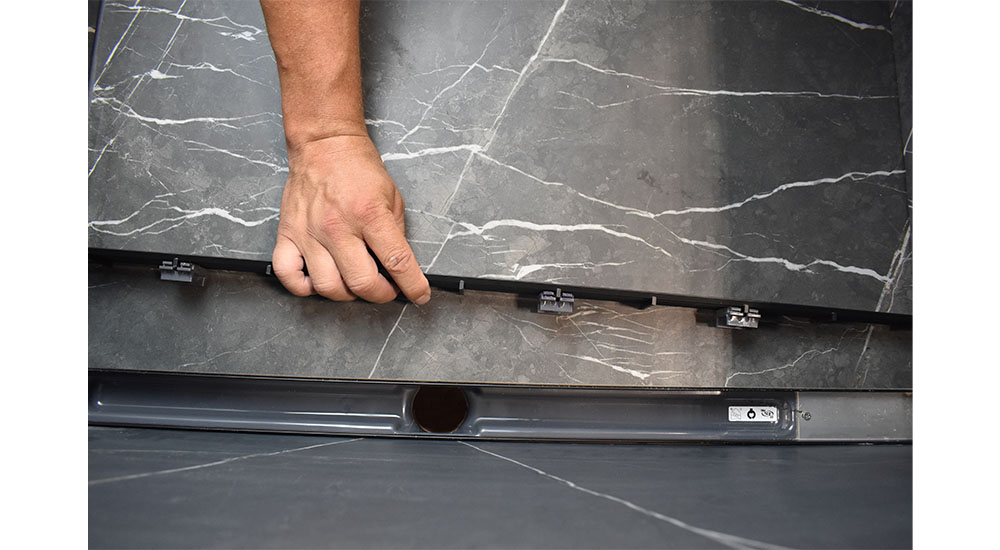
Creating a visually appealing environment can significantly enhance the overall atmosphere of an ADA bathroom. Beautiful drain covers in various colors and finishes can be incorporated, seamlessly integrating with other bathroom fixtures and shower systems. Tile and back wall installations can be designed to hide drains, further enhancing the overall aesthetics.
The popularity of large-format and gauged porcelain tile panels (GPTP), with fewer grout lines and enhanced slip resistance, complements curbless shower layouts beautifully and aligns well with linear drain installations. A linear drain allows for a single slope that opens up various tile options while minimizing grout lines. This eliminates the need for a four-way slope in the shower pan, enabling pros to seamlessly transition from the bathroom to the shower with large-format tiles and solid surfaces.
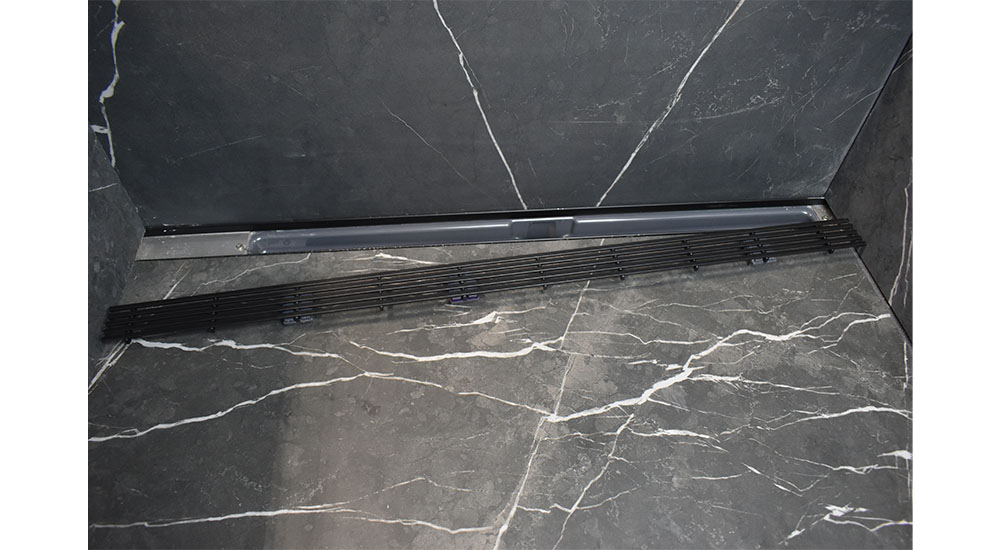
Gathering Feedback From Contractors and Consumers
Closer collaboration between manufacturers, designers and contractors is key to ensuring universal design is both attainable and appealing. We can foster this by offering technical assistance early in the design process and providing modular, flexible systems that simplify specification and installation. Whether through co-development with contractors or offering tailored guidance on selecting products aligned with accessibility principles, proactive engagement ensures better outcomes.
As universal design becomes not just a preference but an expectation, manufacturers are helping reshape how we think about aging, safety, and beauty in the built environment. By making smart investments in product innovation, professional education and end-user empathy, we support a future where homes are truly designed for all.
—Brian Zuccaro is senior product manager, QuickDrain and Oatey Company. He has over 20 years of experience in leadership roles across new product development, channel, and product marketing for several nationally recognized building product brands.
